So, you want to ride a sportbike, but you’ve heard they’re uncomfortable. People complain that riding sportbikes makes their back sore or gives them wrist pain, and you’re afraid the same will happen to you.
But maybe you read my article on why everyone should try riding a 600cc sportbike and you think “I want to try this!”
That’s why I wanted to put together this list of sportbike riding position tips I’ve learned over the years. These tips are for everyday motorcycle riding. This isn’t advice for the track, it’s just advice for using your sportbike for commuting, lane splitting, highway runs, and so on. And yes, these riding position tips will set you up well for positioning yourself for cornering.
Of course, you could partly throw in the towel and opt for a sport tourer… see here for more about classic sport tourers from the 90s and 2000s.
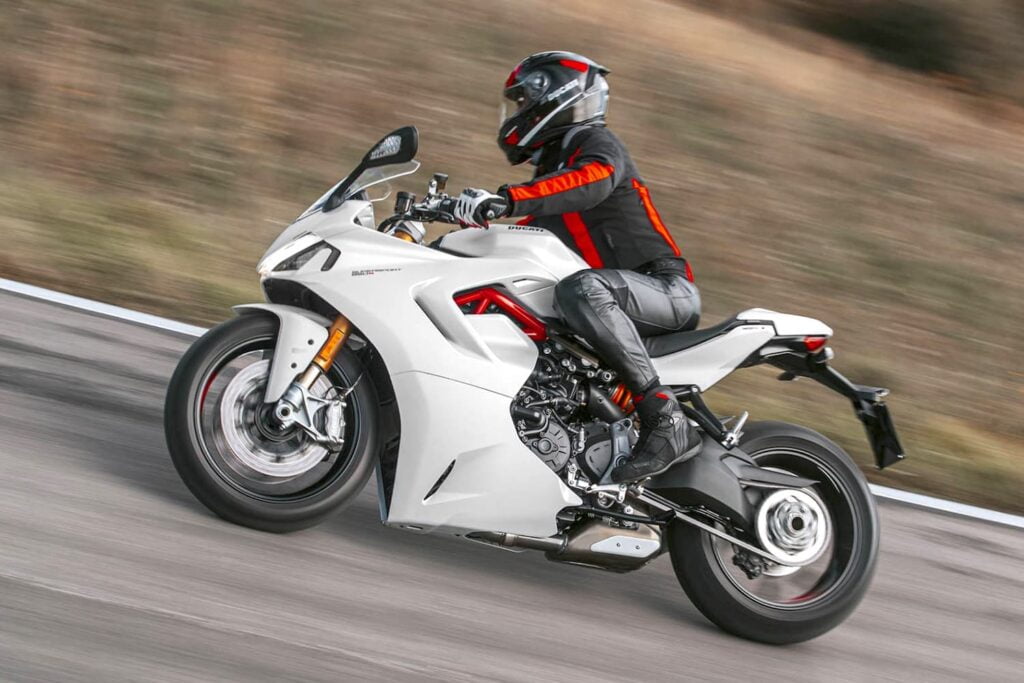

The bad news is that for some people, a sportbike will never be comfortable. If you have bad posture, are very overweight, or already have chronic pain in your back or wrists, then these tips won’t work for you.
If, however, you’re in generally good shape, then knowing the below can transform your riding experience. They’ll also help when it comes time to learn how to corner effectively like if you take your bike to the track, or if you have very nice, quiet roads (and very lax police).
So here they are — motorcycle posture tips for riding sportbikes.
Disclaimer — I’m not a pro. I’m a lifelong student, but not an expert, coach, or racer. I recommend people do courses like the Superbike School, go and do track days, read books on motorcycle riding technique, and learn from the best. But below is “distilled wisdom” that I’ve been given and which I try to put into practice as much as possible.
You might read this and think “What! I don’t do this on my Yamaha R6 and I ride fine!”. This is totally possible. Maybe you have a natural body shape that’s great for riding, maybe you are very flexible, maybe you’re naturally athletic, or maybe you’ve had a great riding position forever and have forgotten it doesn’t come naturally to everyone. But you also know that every person is different.
I’ve also seen/heard many naysayers along the way saying the below advice (e.g. suspending yourself by your core) is ridiculously difficult, or that I should just get a different bike for the street. (“Get a BMW!”). Sounds great, I’d love to.
In response to all that — there are many good points in the above. I’m constantly learning, and this is an invitation to either learn with me or to educate me more.
With that said, here are the sportbike riding position tips I’ve picked up over the years.
Are you obsessed with motorcycles?
Well, I am. That’s why I created this site — as an outlet. I love learning and sharing what others might find useful. If you like what you read here, and you’re a fraction as obsessed as I am, you might like to know when I’ve published more. (Check the latest for an idea of what you’ll see.)
Get comfortable and move around in the seat
The first thing most new sportbike riders (including me, at one point!) don’t realise is how you can move around in a sportbike’s seat.
If you’re coming off a Boneville’s bench seat or a bobber’s bucket seat, you may assume there’s just one natural place to be on a motorbike’s seat. Actually, you can move around a lot, and it can make things more comfortable (or help you corner better, or go faster).
Move your buttocks around and see what it feels like before you settle in.
An interesting thing to experiment with is to slide your buttocks back on the seat and see how it impacts the rest of your riding position. You’ll likely lower your shoulders but open your knees. People have different sweet spots of comfort.
Put the balls of your feet on the pegs
For maximum control, put the balls of your feet on the front pegs. The balls are the front of your feet (not the rear, which is the heel).
It’s a bit like standing on the tips of your toes, but you don’t have your foot fully extended.
Riding with the balls of your feet on the pegs will be new for you if you’re used to riding cruisers (with floorboards) or dirtbikes (where you stand on the pegs).
You get more leverage and control out of your feet with the balls of your feet on the pegs. I don’t know the biodynamics of it, but I know that we launch off the balls of our feet when jumping or running, and we kick balls with them. On bicycles, you clip in at the front of the foot.
It’s definitely more comfortable with the heels of your feet on the pegs. I can understand the temptation, much like using highway pegs or a throttle lock. But the minute you want to get active again, put the balls of your feet back on the pegs.
Having the balls of your feet on the pegs also elevates your knees, letting you grip the tank more easily, which is necessary to improve the rest of your riding position.
Hold the tank (gently) with your knees
This is a little hard, and it can be harder or easier depending on your leg proportions, how wide the tank is, and how grippy it is.
But on a sportbike, the tank is designed to be held with the knees — even if gently. This holds you in position when you’re cornering or braking, and also helps you lift your shoulders up by using your core muscles.
Gripping the tank with your knees is likely to use new muscles as we don’t do this much outside a gym. You will find it hard, but will find it easier over time. Don’t grip too hard, and you won’t get tired.
Some people fit aftermarket tank grips to their tanks to make them more… grippy. These help more with very aggressive cornering (“hanging off”) and aren’t really necessary for everyday use… but they do look cool.
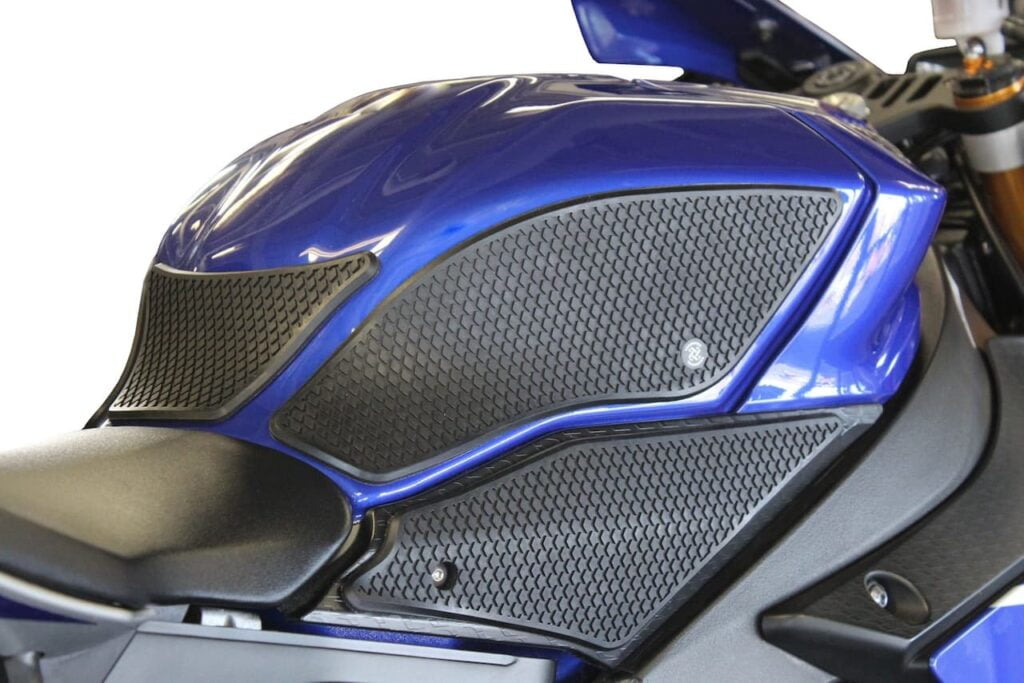
Keep your shoulders back
If you’ve ever done weightlifting you’ll be familiar with the admonition that coaches love to give: “Shoulders back!!” I hear this constantly when doing deadlifts, cleans, kettlebell swings — you name it.
Keeping your shoulders back feels like moving your arms back in the sockets and squeezing your shoulder blades together. It’s a bit exaggerated in weightlifting, but you adopt the same general principle when you ride motorcycles.
By keeping your shoulders back, you give your arms more range of motion (to push), you keep your back straight, primed, and strong, you rely more on your core, and you even open up your chest so you can breathe more easily and stay more relaxed and focused.
You don’t have to pull your shoulders right back just keep them open and wide, with your shoulders in a straight horizontal line.
Suspend your upper body with a strong core
This tip for motorcycle riding position is controversial for some reason. I think people find the idea of lifting your upper body in any “unnatural” way to be… well, unnatural.
I believe this is true. Riding a sportbike on the street at “normal” speeds is somewhat unnatural. “Jockey” position is difficult to sustain for long periods.
One bit of advice often touted in forums is to suspend your torso with your “core”. The thing is, there’s no one definition of a “core”. Looking through medical journals, the core is loosely defined as the “muscles, ligaments, and discs that support the spine that support the spine“. It’s more usually defined as an area of the body in which if you’re strong AND flexible you can avoid back injury.
When supporting yourself with your core, it feels like your spine is aligned. You may also benefit from tensing your stomach (abdominal) muscles slightly to hold yourself straight.
So the long and short of it is:
- Hold yourself up, don’t flop or curl forwards,
- Keep your spine aligned and supported, and
- Maintain a strong, flexible core through regular strength and mobility exercises. These could be yoga/pilates, powerlifting, weightlifting, kettlebell swings, etc.
Without a strong and flexible core, sportbike riding (or anything that involves using your back muscles) is going to lead to lower back pain from over-exertion.
For long-distance riding, resting on a tank bag is a great compromise so you don’t have to constantly be using your core (which, understandably, is exhausting). But for short spurts, try to hold yourself up.
Keep your elbows flexed and in
Keep your elbows close to your centre. This helps keep your elbow in alignment, reducing lateral pressure on the joint. It also keeps your centre of gravity nearer to the centre, and reduces wind drag.
The primary advantage of keeping your elbows flexed is that you have more control when you need it. The clip-ons are primarily controls. You push on them (and pull, sometimes). The more flexed your elbows are, the more control you have — like having your elbows flexed and ready to punch or do a push-up at any moment. If your arms are extended and your pressure is on the bars, then you have much less room for that push-up or punch.
A secondary purpose is that you reduce lateral pressure on your joint. See this article on correct push-up technique. The same arguments apply to correct motorcycle elbow positioning.
Soften your grip on the handlebars
The sportbike riding advice to “soften your grip” only becomes possible once you’ve done all the other things on this list. You should be able to float above your wrists above the handlebars if you need to!
Sometimes the advice to “soften your grip” is the first motorcycle riding position tip people hear. It sounds good, but when you’re resting your weight on your wrists, softening your grip is impossible.
The advantage of softening your grip for your riding position is that you don’t strain your wrist. You’ll avoid getting a numb hand in the short term, and avoid damaging the wrist over the long term from continuous pressure in one area, coupled with vibration from the machine.
Caveat — Pick the right bike!
There are a wide range of bikes that can be considered “sportbikes”, from the aggressively uncomfortable (and no longer available for the street) Yamaha YZF-R6 to the “almost sport-touring” Ducati Supersport.
Beyond that, there are sport-touring bikes like the Ninja 1000SX, but the riding position on those is so upright that it becomes another category.
Of course, all motorcycles are on a comfort spectrum. And so are body types. No matter how hard we try, there are some motorcycles we just can’t get comfortable on because our body doesn’t match the bike we’re trying.
So firstly, don’t feel bad if you can’t make a bike work for you, just because others seem to. There are hundreds of other bikes, and many others you’re likely to love.
And secondly, if you have flexibility, find the right bike for your shape. It can take a lot of experimentation. Sometimes you can get nearly there, and then just have to make a couple of adjustments to the handlebars, angle of the levers, and you’re done.
Things to avoid in sportbike riding position
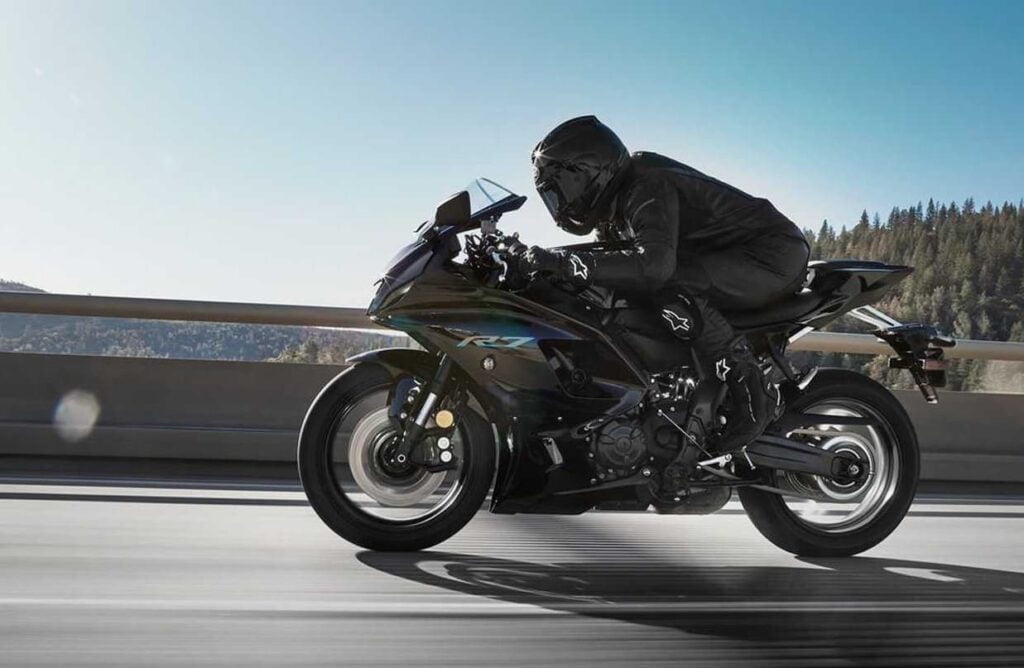
When discussing motorcycle riding position, people often start by saying things you should not do. I prefer to avoid negatives (or I should say, “I never use negatives!!”), but here are a few watch-outs worth avoiding to avoid long-term injury.
- Don’t lock your elbows. It gets tempting to lock your elbows riding a sportbike after a while when you want to rest your shoulder or back muscles to just lean on the handlebars. But it’ll result in wrist pain… and after years of riding like this, the pain could become chronic. Read up on carpal tunnel syndrome at a more authoritative source.
- Don’t hunch forwards. A sign that you’re going to hurt yourself is if you find your shoulders “hunched”. This is the opposite of keeping your shoulders back. It’s also advice commonly given to people who work on laptops at their desks (I just sat up) and to pianists.
- Don’t assume you should be in full “tuck” just because you’re on a sportbike. Sportbikes are designed to allow you to go into full tuck when you want to reduce drag and get to high speeds, but by no means do you have to be in that position all the time. Just watch racers as they brake — they sit up. Then when they go around corners, they move their torso to the side. Tuck is just one position you can use, and it doesn’t work for cornering.
Getting the right motorcycle riding position is a constant experiment. Our bodies change, new bikes come out, and we get better at riding. So expect this to be a journey!

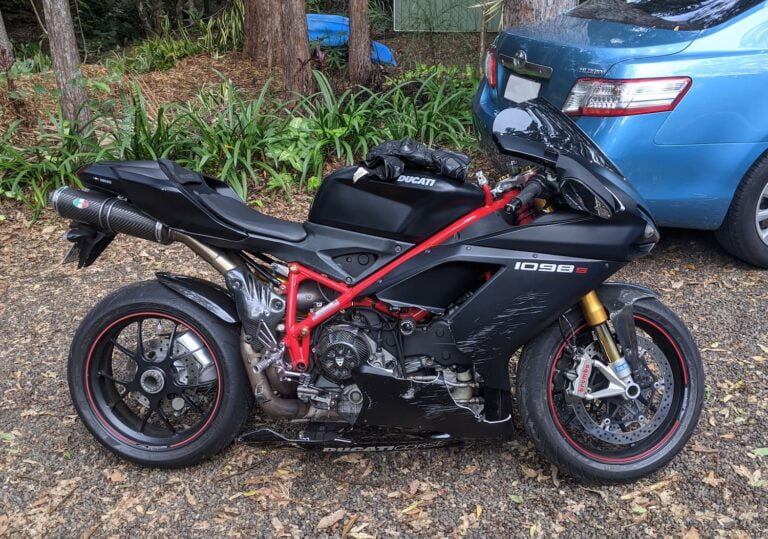

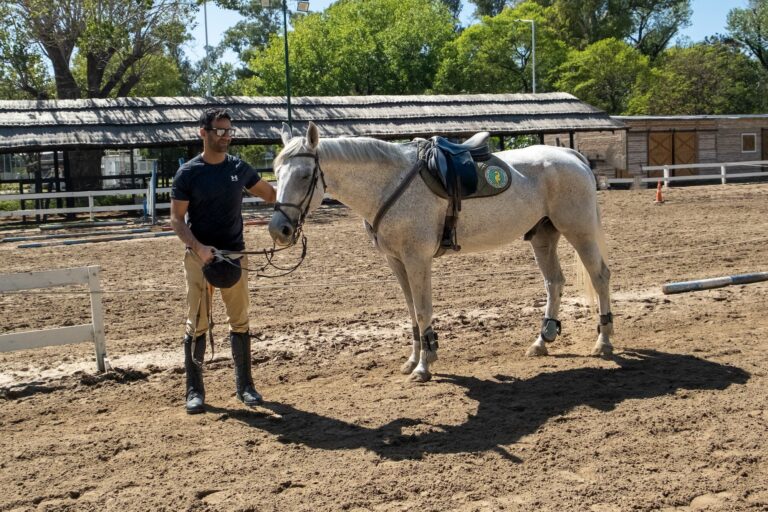
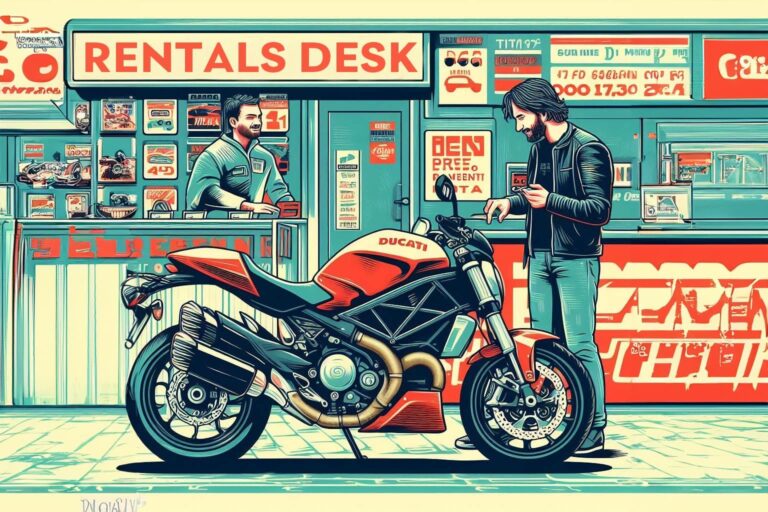
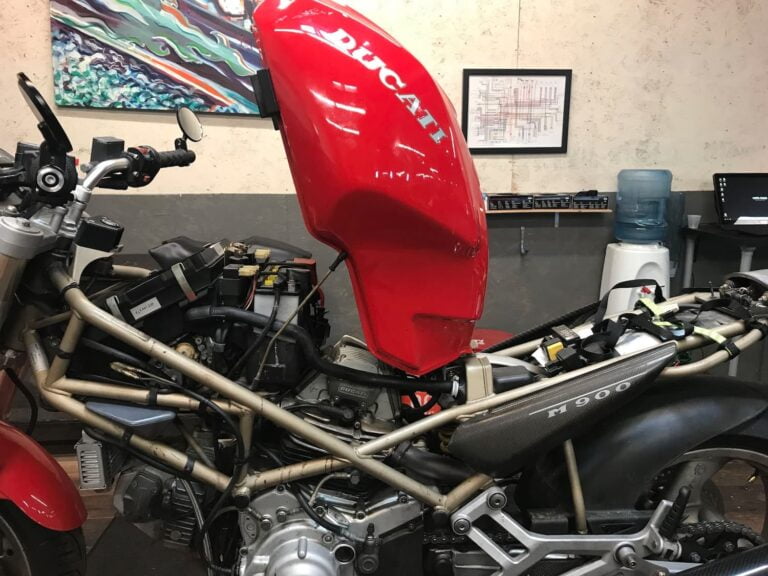
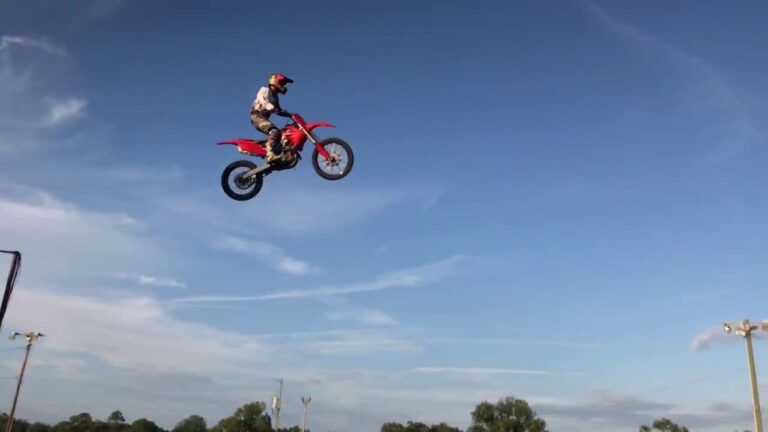
We have the right class for this subject at Superbike Coach: our Body Positioning class which we run on small tracks.
Sounds fantastic. Would love to join one day and learn from pros. I always recommend classes, but they’re thin on the ground (never found one near me in a place where I had access to a bike) and I gather it’s a tough business to run — well loved, but economically challenging as tracks are expensive.